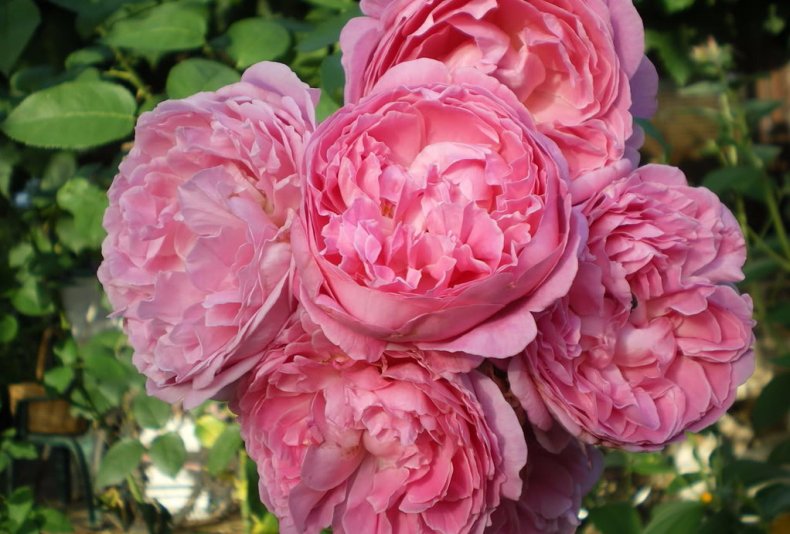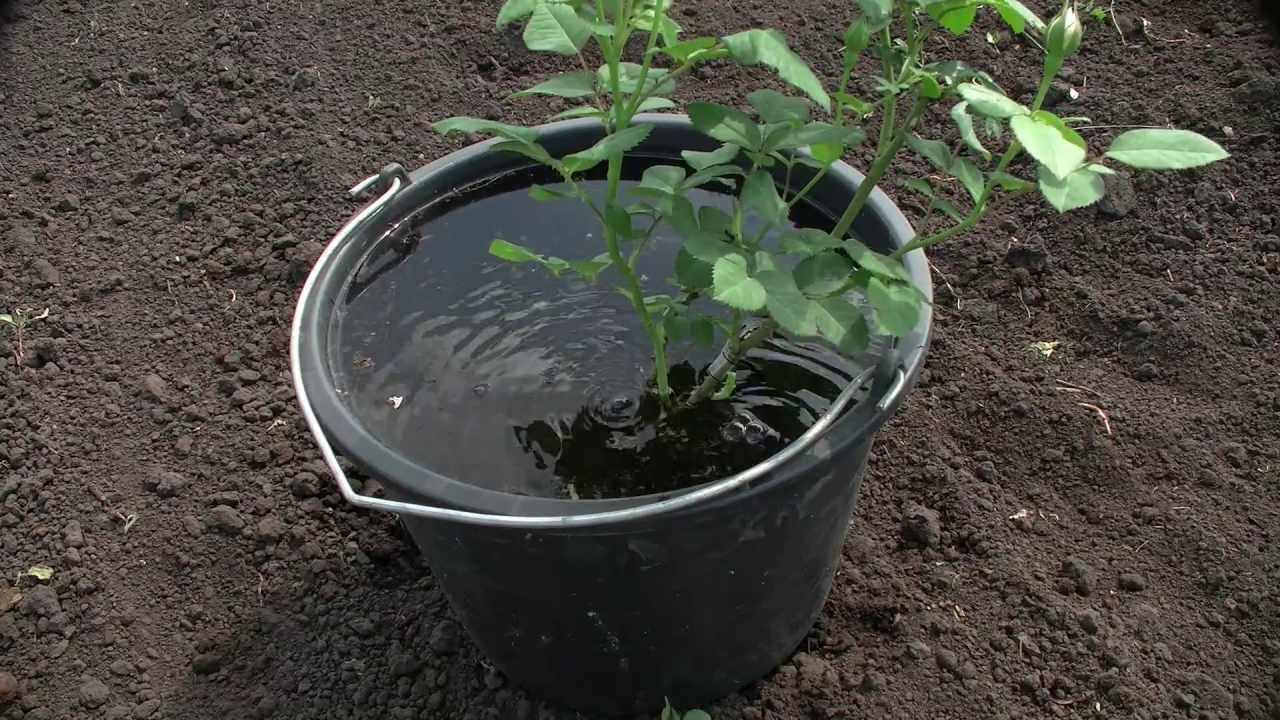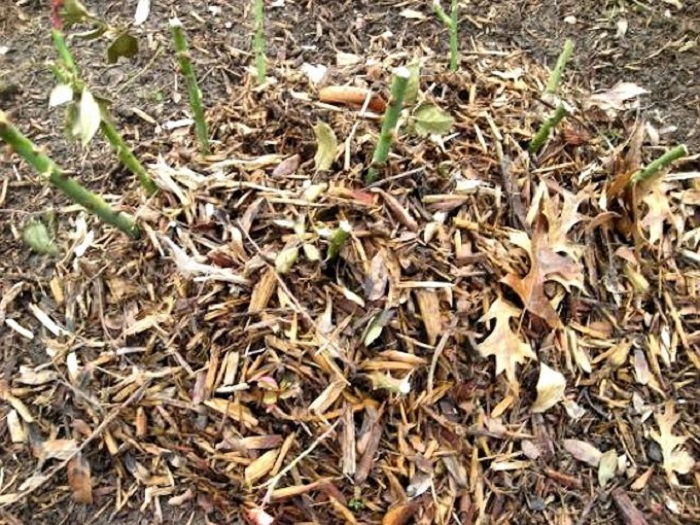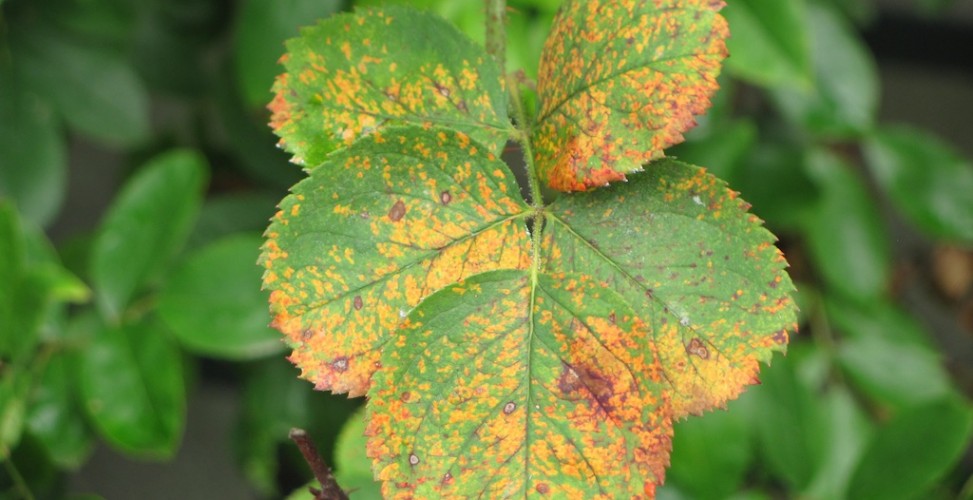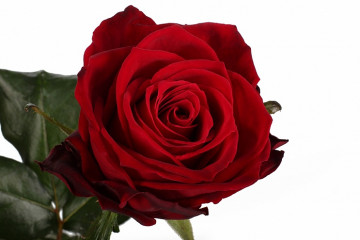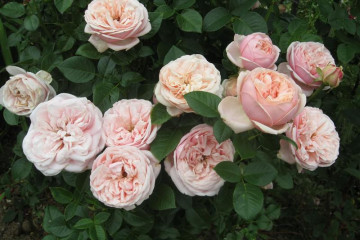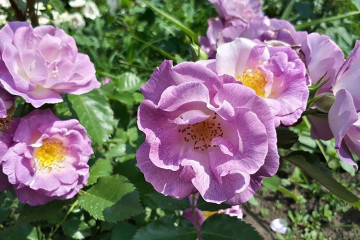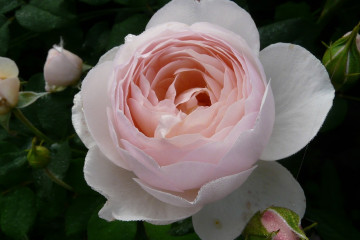Rose Mary Rose - description of the variety and its features
Content:
The English rose variety Mary Rose is rightfully called one of the most beautiful. The famous breeder D. Austin bred this flower in the UK in 1983. By crossing such types of flowers as Wife of Bath and The Miller, it turned out to breed Mary Rose.
Short description
The bush is powerful, regular in shape, with a lot of branches. It grows by about 1.5 m. The flowers of this variety are large, about 8-11 cm in diameter. The bud consists of a large number of petals. The color of a rose depends on the conditions in which it is grown. Mostly her flowers are pink.
The aroma of flowers is rich and pleasant.
Advantages and disadvantages
The advantages of this type include:
- a large bush that keeps its shape well;
- flowering 2 times per season;
- long flowering;
- a large number of saturated pink colors;
- the buds on the bush are nearby, grow in bunches;
- pleasant rich aroma;
- resistance to common pests and diseases.
The variety has few disadvantages:
- rapid shedding of petals;
- young shoots tend to fall apart.
Despite the fact that the petals fall off rather quickly, they create a beautiful look around the bush and are an additional fertilizer for the soil.
Use in landscape design
In landscape design, rose bushes are often used. Mary Rose is ideal for landscaping. Due to the fact that the scrub has the correct shape, dense foliage and is in the flowering period for a long time, it harmonizes well with many other plants and fits into almost any style. This bush looks good surrounded by creeping Bieberstein jasmine, which has pale foliage and white flowering. Also Rose rose successfully combines with other varieties of English varieties and serves as a good addition to rosaries. It looks great in both single and group plantings.
Growing a flower
It is not difficult to grow this type of English rose in personal plots. This is within the power of both experienced flower growers and those who are beginning to get involved in beautiful plants. To grow, you need to adhere to certain rules.
Before planting a bush, the seedlings must be placed in a solution of a root growth stimulant, for example, heteroauxin. Thanks to this, the plant takes root better and tolerates planting more easily. If the root system is too long, it may be worth pruning a little.
It should be transplanted before the onset of abundant flowering. The best time to plant bushes is April-May. At this time, the rose begins to awaken after wintering and more easily takes on a new place for growth.In the fall, you can also plant, but do not delay with this, so that the plant has time to take root and take root before the first frost.
Seat selection
The most successful place for planting the Mary Rose bush is partial shade. If you plant it in a sunny area, there is a possibility that burns will occur on the sheets from direct sunlight. In general, this plant is not whimsical and does not require a special place for planting. The main thing is to choose the right soil.
How to choose soil and flower for planting
Good development of the plant takes place on fertile soil, in which there is a sufficient amount of trace elements and increased air permeability. The soil should be light and deep and provide the roots with access to air and moisture. If it is heavy clay, it must be loosened by adding peat and humus to it. Also, for better air and water permeability, sand can be added to clay soil.
If, on the contrary, the earth is sandy and too loose, it will not retain the required amount of moisture for the roots, and the flower will die. To improve such soil, you need to mix it with clay and apply fertilizer in the form of humus or compost.
Landing procedure
To begin with, at the site chosen for planting, you need to dig a planting hole and pour at least 10 cm of a drainage layer on the bottom. It is not necessary to buy a special drainage, you can use small crushed stone or broken pieces of brick. The size of the hole should be twice the size of the root system of the bush.
The longest roots should be trimmed a little to absorb moisture better. For the best result, it is recommended to prepare a solution of epin, HB-101 or zircon and immerse the seedling in it for several hours.
Plant care
Like any plant, the Rosemary Rose requires some care. In order for the bush to be healthy and bloom profusely, you need to adhere to simple rules.
Watering rules and humidity
For the first time, water the planted bush at least twice a week. It is impossible for the soil to dry out. But at the same time and often it is not worth watering the plant. This can lead to decay of the root system.
Important requirements for watering the bush:
- it is necessary to water in a timely manner, the soil must not be allowed to dry out, or, conversely, it is impossible for the soil to be too wet;
- watering is best done in the evening;
- pour about 4-7 liters of water under the plant, depending on its size.
For better growth and development of the plant, you need to make a mound of soil around the trunk. It needs to be covered with mowed grass or pine chips. They will hold the necessary moisture and temperature for root development. The thickness of the coating should be about 10 cm.
Top dressing and soil quality
Do not get carried away with plant feeding. At the first time after planting, the earth contains a sufficient amount of trace elements necessary for the development of the rose. Top dressing should be done seasonally. In the spring, you need to use nitrogen, and in the summer - potassium and phosphorus. If the soil is loose enough and the right amount of moisture and air enters through it, the bush will develop rapidly and correctly.
Pruning and replanting
Pruning Mary Rose bushes is best done in the spring. As soon as the buds begin to swell, it's time to grab the secateurs. The goals of pruning can vary. For example, you can prune a bush so that it blooms early and profusely. Or it is cropping to give the desired shape.
Features of wintering a flower
Rose Marie Rose tolerates winter well. At air temperatures down to -7 ° C, it does not need shelter. It is necessary to cover the bush when persistent frosts begin. Before that, you need to cut the bush and cover its base with earth. Spruce branches are best suited for hiding a rose.
Blooming rose
On young bushes, early first flowering should not be allowed. He must harden and get used to the soil, all forces should be directed to the development of the root system, and not to flowering.
The period of activity for English rose bushes begins in early June and lasts until October. Flowering occurs 2 times per season. The rest of the time, the rose is in a dormant period.
Until the beginning of August, buds must be removed from young bushes so that the young plant develops its root system, and does not let all the forces go into flowering. If the rose bush is more than a year old, you do not need to pick off the flowers and buds.
It blooms profusely. The flowers fade quickly and can be trimmed with pruning shears for aesthetics.
What to do if it does not bloom
The main reason that the rose bush does not bloom is the so-called blind or dormant shoots. On them, the buds freeze, do not grow and do not give new shoots. To revive such a dormant bush, and it began to bloom, a strong pruning should be carried out. You need to cut off the shoots that already have 5-6 leaves. This will cause new strong shoots to grow and flowering will resume.
Flower propagation
It is not difficult to propagate roses, the main thing is to create the right conditions for the development of young shoots.
To maintain varietal characteristics, the Mary Rose is propagated vegetatively. The most successful way at home is propagation by cuttings. This should be done after it has bloomed and matured. Cuttings should be taken from the middle of the bush.
To propagate Mary's roses by cuttings, you need to select and cut off mature shoots. Each should have 3 sheets, of which the 2 lower ones should be removed. Then plant the cuttings at a distance of about 20 cm from each other. It should be planted to such a depth that only the remaining leaf is visible from the soil.
The soil should be prepared from garden soil, humus and sand. You need to mix in a ratio of 1: 2: 1. The soil should be loose so that water permeability and air permeability are higher, and the roots receive all the necessary trace elements. You can use coconut flakes to loosen the ground.
Diseases, pests and ways to control them
Most infections are carried by parasitic fungi. They form mycelium plant tissues on the surface and inside. To avoid infection of plants, you need to carefully examine the bushes and take the necessary measures to combat ailments in a timely manner. The main diseases and pests include:
- powdery mildew;
- black spot;
- rust;
- gray rot;
- spider mite;
- green rose aphid;
- rose leaflet;
- rose-colored scale insect;
- bear;
- slobbering penny.
You can cure a plant if you use not only chemical preparations, but also use agrotechnical care methods:
- apply top dressing in the right doses and at the right time;
- water in a timely manner;
- trimming;
- loosen the ground under the bushes.
Rose Mary Rose is a classic English variety worthy of growing in every flower garden. It has its own characteristics and disadvantages, which should be considered before buying cuttings.

